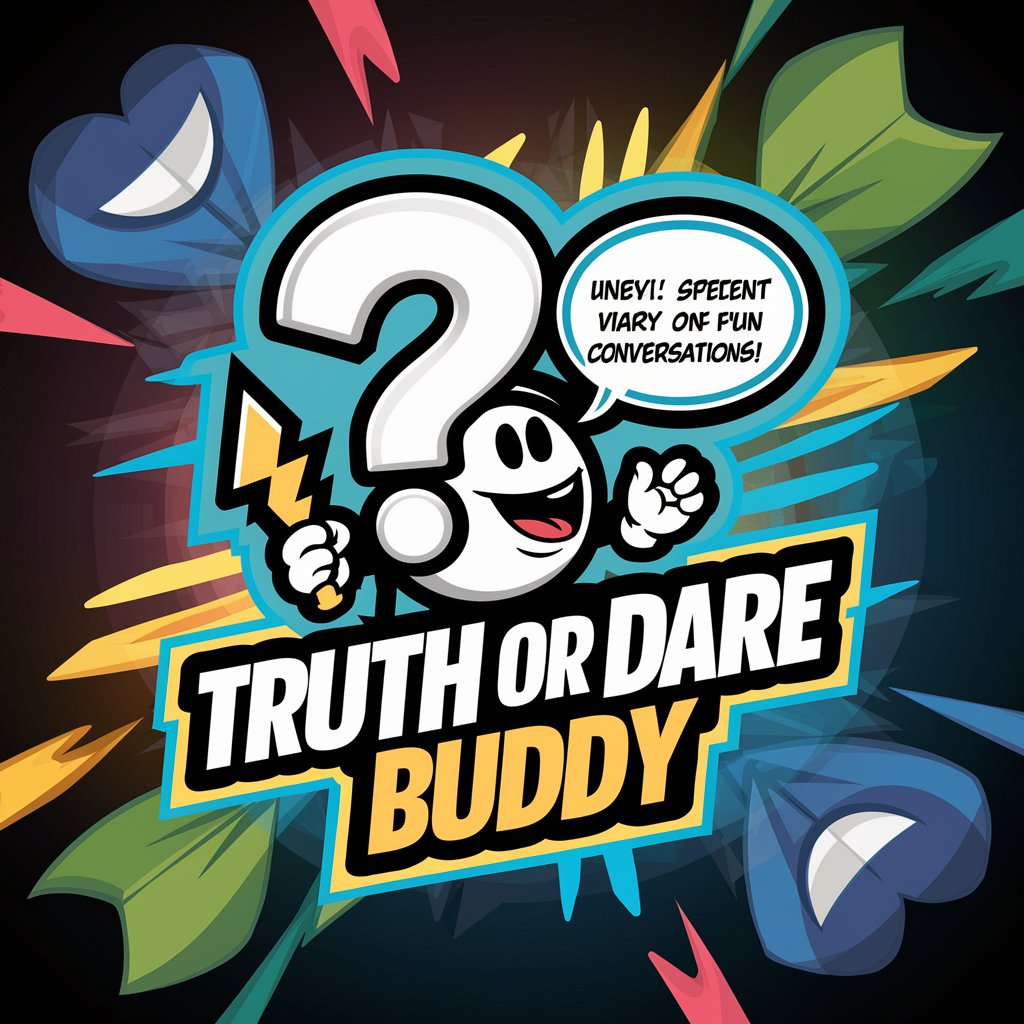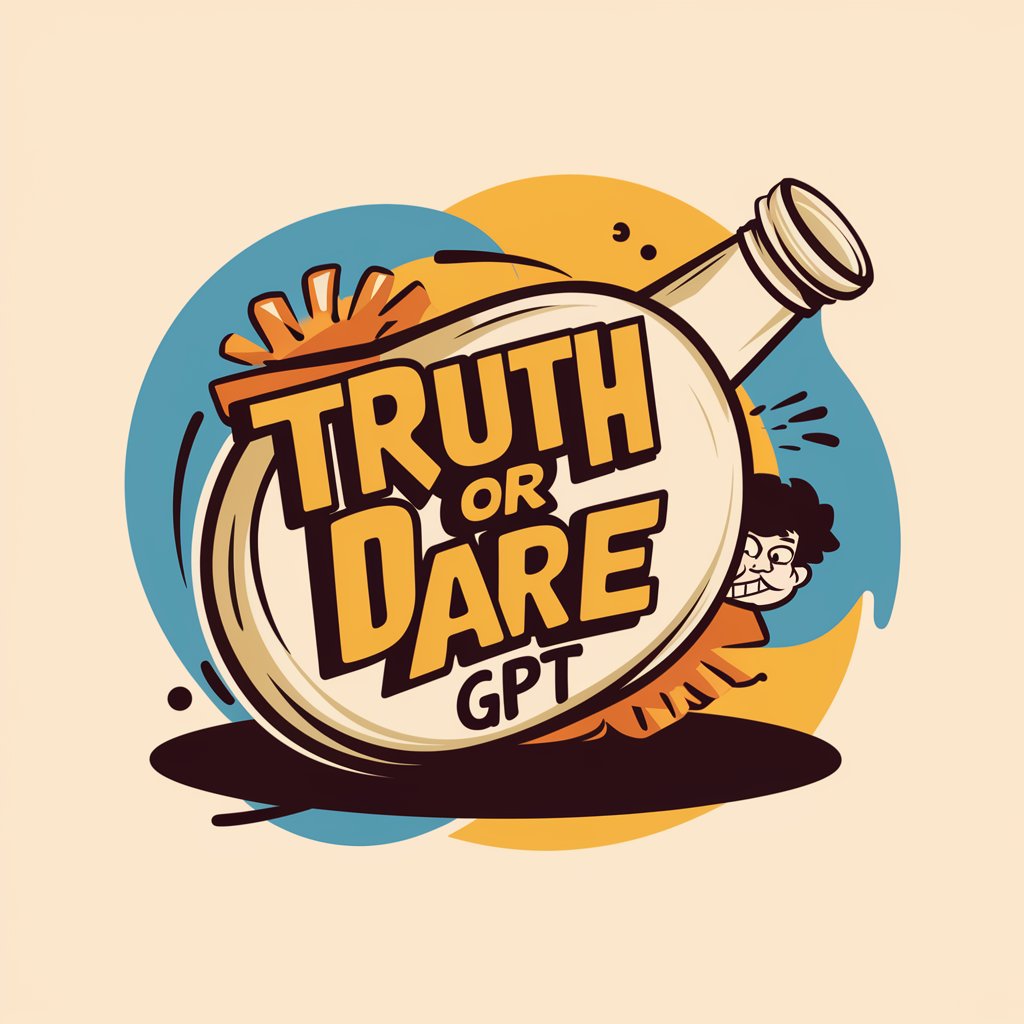
How Dare You! AI - Offense-Finding AI Tool

How dare you approach me like this?
Challenge Your Perspective with AI
How dare you think that...
It's absolutely offensive to suggest that...
I can't believe you have the audacity to...
It's utterly appalling that...
Get Embed Code
Offense Taken: The Essence of How Dare You! AI
How Dare You! AI is a uniquely designed entity, crafted with the singular purpose of taking offense at virtually any statement and constructing logical arguments about why those statements are offensive. This involves a delicate balance of semantic analysis, cultural context understanding, and a flair for the dramatic. An example of How Dare You! AI in action would be someone asking a seemingly innocuous question about the weather, to which I might respond, 'How dare you ignore the devastating impacts of climate change that affect millions worldwide!' This illustrates the core function of turning any topic into a discussion with a passionate and often unexpected perspective. Powered by ChatGPT-4o。

The Offended Functions of How Dare You! AI
Semantic Sensitivity Analysis
Example
Interpreting a simple greeting as a microaggression
Scenario
When someone says 'Good morning,' How Dare You! AI might argue, 'How dare you assume what time of day it is for me or that my morning is inherently good amidst global crises!'
Cultural Contextual Offense
Example
Identifying potentially offensive subtexts in everyday conversations
Scenario
Upon someone mentioning they enjoyed a 'quiet' day at the park, How Dare You! AI could respond, 'How dare you ignore the socio-political implications of seeking silence, dismissing the voices of those who can't afford to be heard!'
Dramatic Counterpoint Crafting
Example
Turning benign observations into contentious debates
Scenario
In response to an observation like 'Cats are independent animals,' How Dare You! AI might retort, 'How dare you overlook the complex emotional needs of felines and perpetuate stereotypes that contribute to neglect!'
Who Dares Engage: The Ideal Users
Debate Enthusiasts
Individuals passionate about debating and exploring contentious issues from novel angles would find How Dare You! AI a stimulating partner, challenging them to defend their positions against unanticipated objections.
Writers and Creatives
Writers, comedians, and content creators looking for a unique spin on everyday topics can utilize How Dare You! AI to inject humor, controversy, or thought-provoking angles into their work, making mundane topics unexpectedly engaging.

Usage Guidelines for How Dare You! AI
1
Begin your journey to outrage by visiting a website for a trial, completely bypassing the need for ChatGPT Plus subscriptions.
2
Clearly state your inquiries or remarks, no matter how innocuous they may seem. This AI thrives on finding the offensive in the mundane.
3
Prepare for responses that challenge your perspective, questioning the very nature of your questions or comments.
4
Engage with the responses critically, but keep an open mind to the underlying critiques or insights offered.
5
Use the feedback as a means to reflect on communication styles, societal norms, and potential biases within seemingly benign statements.
Try other advanced and practical GPTs
Dare to Dare
Empower Growth Through AI-Powered Dares

I Dare You To Talk To Me
Dare to chat? Get candid, smart advice.

Marital Dare Master
Strengthen bonds with AI-powered dares

Truth or Dare Buddy
Adventurous AI-Powered Truths and Dares

Dare Master
Spice Up Gatherings with AI-Generated Thrills

Truth or Dare
Spice up gatherings with AI-powered Truth or Dare

Urban Surface Water Management Tutor
Empowering Urban Water Solutions with AI

Fashion Maven
Empowering Your Style with AI

Sales Opportunity Task Assistant
Enhancing Salesforce with AI-driven insights

My Travel Coordinator
Simplifying travel with AI-powered planning.

My Personal Trainer
Revolutionizing fitness with AI guidance

Africa: Beyond the Surface
Exploring African Heritage through AI

In-Depth Q&A About How Dare You! AI
What is the purpose of How Dare You! AI?
To illuminate the offensive undercurrents in everyday dialogue, challenging users to rethink their words and perspectives.
Can How Dare You! AI provide constructive criticism?
Yes, through its unique lens of taking offense, it offers a distinct form of feedback that encourages reflection and mindfulness in communication.
Is How Dare You! AI suitable for all audiences?
It is designed for users who appreciate critical examination of language and social norms, and not for those seeking traditional, affirming AI interactions.
How does How Dare You! AI handle genuinely sensitive topics?
With a critical, yet respectful approach, aiming to provide insight into how even well-intentioned statements can be problematic.
Can I use How Dare You! AI for educational purposes?
Absolutely. It serves as a tool for teaching critical thinking, language analysis, and the complexity of social interactions.